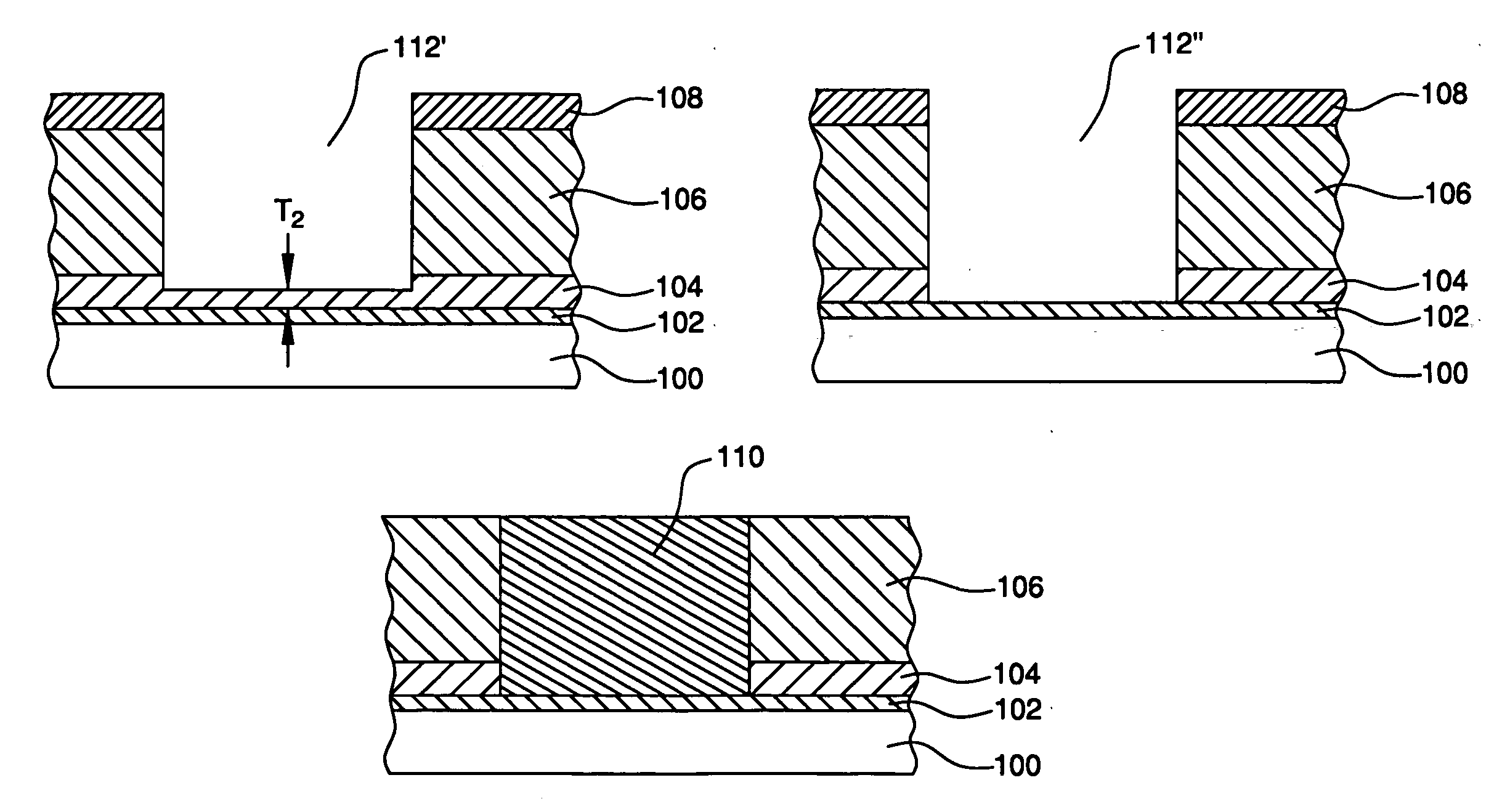Method of forming contact plug on silicide structure
a technology of contact plug and silicide structure, which is applied in the direction of semiconductor/solid-state device manufacturing, basic electric elements, electric apparatus, etc., can solve the problems of contact resistivity (rc) failure—essentially an open circuit, and achieve the effect of reducing contact rc failure, reducing reaction time, and increasing manufacturing process yield
- Summary
- Abstract
- Description
- Claims
- Application Information
AI Technical Summary
Benefits of technology
Problems solved by technology
Method used
Image
Examples
Embodiment Construction
[0017] A new method of manufacturing an integrated circuit, including a new method of opening a contact hole to a contact region of a semiconductor device, is described hereafter in connection with FIGS. 2-4D. For ease of illustration, the method is described using enlarged views of contact regions of a semiconductor element without illustrating the complete element structure, and it should be understood that these views are only partial views of a complete structure, such as the MOS transistor device shown and described in connection with FIG. 1, a CMOS device, a capacitor or other semiconductor element.
[0018]FIGS. 2-2C illustrate a first exemplary method of forming a contact to a metal silicide region, preferably a nickel silicide region. Referring first to FIG. 2, a metal silicide contact region 102 is formed on a semiconductor substrate 100, such as a silicon, germanium or silicon on insulator (SOI) substrate. The metal silicide region 102 typically is formed over a source or d...
PUM
 Login to View More
Login to View More Abstract
Description
Claims
Application Information
 Login to View More
Login to View More - R&D
- Intellectual Property
- Life Sciences
- Materials
- Tech Scout
- Unparalleled Data Quality
- Higher Quality Content
- 60% Fewer Hallucinations
Browse by: Latest US Patents, China's latest patents, Technical Efficacy Thesaurus, Application Domain, Technology Topic, Popular Technical Reports.
© 2025 PatSnap. All rights reserved.Legal|Privacy policy|Modern Slavery Act Transparency Statement|Sitemap|About US| Contact US: help@patsnap.com



